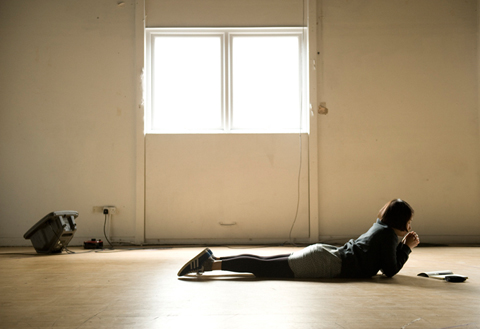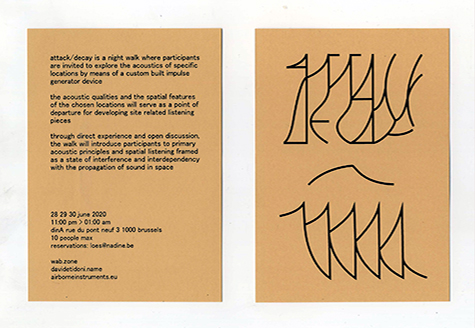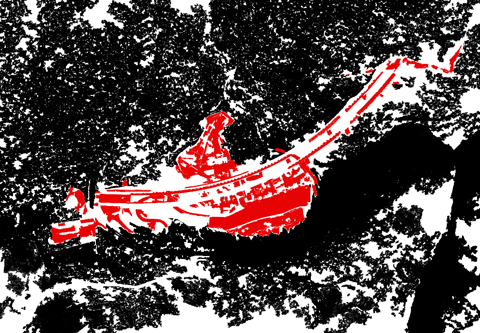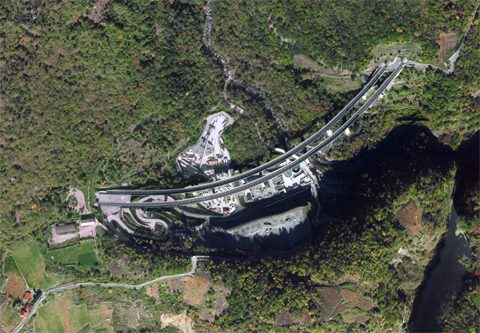
Through a series of exercises based on spatial listening, psychoacoustics, and sound-guided movements, the workshop encourages the active role of the listener and their capacity to perceive and engage with sound.
Grounded on the concept of “listening as intervention”, the workshop leads participants to explore their potential to touch, modulate, and interfere with the production and propagation of sound.
A short list of possible activities includes: listening to the sound of your footsteps; walking to the wall with your eyes closed without bumping into it; touching the participants with a microphone; listening from inside a cardboard box; playing the “analog” filter with your body; listening through the wall; producing sounds by blowing air on a paper sheet; moving in space trying to avoid any sudden feedback occurring between microphone and loudspeaker; finding the spot where two different sounds are perceived at the same loudness; walking away as far as possible from the sound source without loosing it; using the bodies of other participants as absorption panels,…



